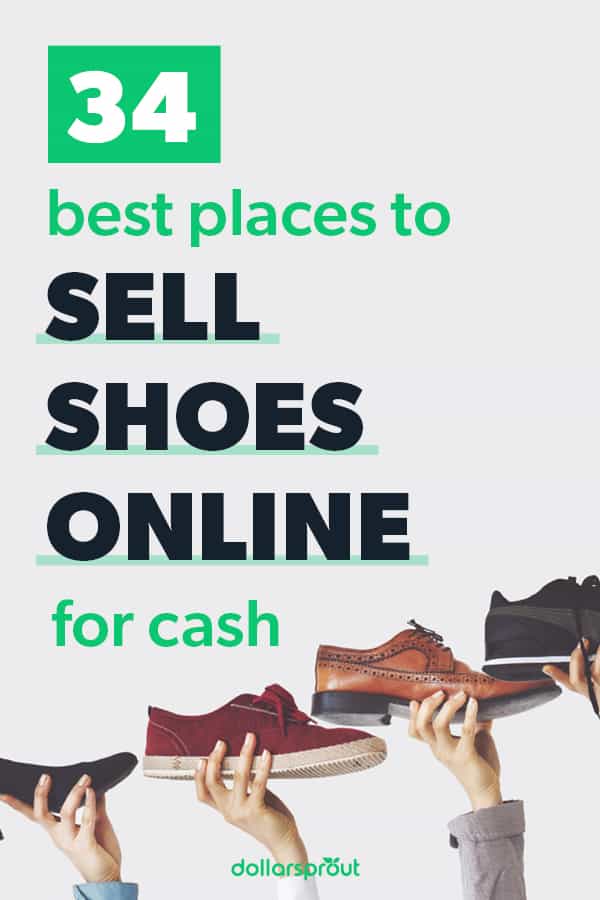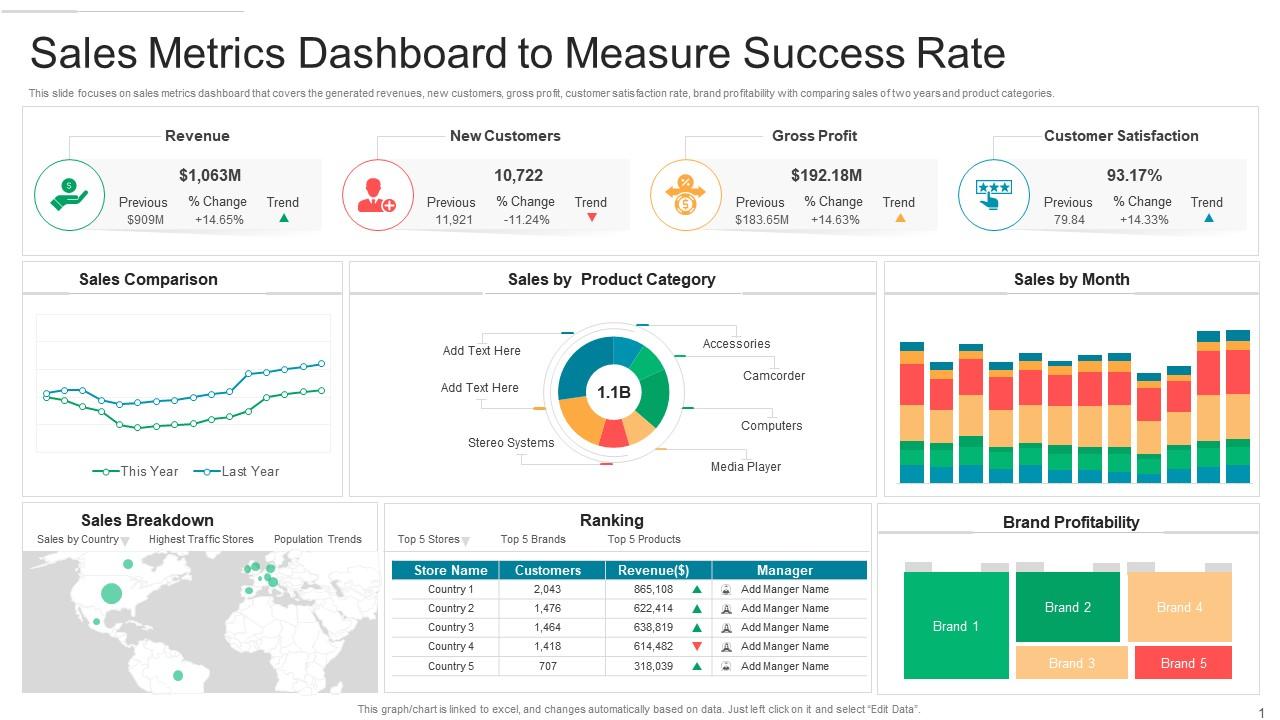Why Selling Shoes Online is a Lucrative Business Venture
The demand for online shoe shopping has experienced significant growth in recent years, with more consumers turning to the internet to purchase footwear. This trend is expected to continue, with the global online shoe market projected to reach $134.9 billion by 2025. For entrepreneurs and small business owners, selling shoes online presents a lucrative business opportunity, with the potential for high profits and a wide reach of customers.
Popular online marketplaces like Amazon, eBay, and Zappos have already capitalized on this trend, offering a vast selection of shoes to customers worldwide. However, there is still room for new entrants in the market, particularly those who can offer unique and specialized products, excellent customer service, and a seamless online shopping experience.
One of the key benefits of selling shoes online is the ability to reach a global audience, without the need for a physical storefront. This allows businesses to expand their customer base and increase sales, without the associated costs of maintaining a brick-and-mortar store. Additionally, online shoe sales can be automated, making it easier to manage orders, inventory, and shipping.
Furthermore, the internet provides a wealth of resources and tools for businesses to market and promote their products, including social media, email marketing, and search engine optimization (SEO). By leveraging these tools, businesses can increase their online visibility, drive traffic to their website, and ultimately, boost sales.
For those looking to start an online shoe business, there are several options to consider. One approach is to create a niche store, specializing in a particular type of shoe, such as sneakers or boots. This can help to attract a dedicated customer base and establish the business as an authority in the market.
Another option is to use a dropshipping model, where the business partners with a supplier to ship products directly to customers. This can help to reduce inventory costs and streamline the shipping process, making it easier to manage orders and fulfill customer demand.
Ultimately, selling shoes online requires a combination of market research, effective marketing, and excellent customer service. By understanding the needs and preferences of their target audience, businesses can create a successful online store that attracts and retains customers, driving sales and revenue.
Understanding Your Target Market: Who’s Buying Shoes Online
When it comes to selling shoes online, understanding your target market is crucial to success. Identifying your ideal customer demographics, interests, and shopping habits can help you tailor your marketing efforts, product offerings, and overall online store experience to meet their needs.
So, who’s buying shoes online? According to recent studies, the majority of online shoe shoppers are between the ages of 25 and 44, with a slight skew towards women. These consumers are often busy professionals or parents who value convenience and are looking for a hassle-free shopping experience.
In terms of interests, online shoe shoppers tend to be fashion-conscious and interested in staying up-to-date with the latest trends. They may also be interested in outdoor activities, sports, or fitness, which can influence their purchasing decisions.
When it comes to shopping habits, online shoe shoppers tend to be price-sensitive and value-driven. They may compare prices across multiple websites, read reviews, and look for discounts or promotions before making a purchase.
Some of the most popular types of shoes sold online include sneakers, boots, sandals, and dress shoes. These categories tend to be in high demand, particularly during peak shopping seasons like holidays and back-to-school.
To effectively target your ideal customer, consider creating buyer personas that outline their demographics, interests, and shopping habits. This can help you tailor your marketing efforts and product offerings to meet their specific needs.
For example, if your target market is young professionals who value fashion and convenience, you may want to focus on offering trendy and comfortable shoes that can be easily paired with work attire. You may also want to consider offering free shipping, easy returns, and a user-friendly online store experience to meet their needs.
By understanding your target market and tailoring your online store experience to meet their needs, you can increase sales, improve customer satisfaction, and build a loyal customer base.
How to Source High-Quality Shoes for Online Sales
Sourcing high-quality shoes is a crucial step in building a successful online shoe business. With so many suppliers, wholesalers, and manufacturers to choose from, it can be overwhelming to find the right partners for your business.
One option is to work with a supplier who can provide you with a wide range of shoes at competitive prices. This can be a good option if you’re just starting out and want to test the market with a variety of products. However, it’s essential to research the supplier thoroughly to ensure they have a good reputation and can provide high-quality products.
Another option is to consider private labeling, where you work with a manufacturer to create your own branded shoes. This can be a great way to differentiate your business and create a unique selling proposition. However, it often requires a larger upfront investment and can be more challenging to manage.
Dropshipping is another popular option for online shoe sales. This involves partnering with a supplier who ships products directly to your customers. This can be a good option if you don’t want to hold inventory, but it’s essential to choose a reliable supplier who can provide high-quality products and good customer service.
Bulk purchasing is another option, where you buy a large quantity of shoes at a discounted price. This can be a good option if you have a large customer base and want to offer competitive pricing. However, it requires a significant upfront investment and can be challenging to manage inventory levels.
When sourcing shoes, it’s essential to consider factors such as quality, price, and shipping times. You should also research the supplier’s reputation and read reviews from other customers to ensure you’re working with a reliable partner.
Some popular platforms for finding suppliers include Alibaba, Thomasnet, and Wholesale Central. These platforms can connect you with a wide range of suppliers and manufacturers, making it easier to find the right partners for your business.
Ultimately, the key to success in online shoe sales is to find high-quality products at competitive prices and to provide excellent customer service. By researching suppliers thoroughly and choosing the right partners for your business, you can build a successful online shoe business that attracts and retains customers.
Setting Up an Online Store: Choosing the Right E-commerce Platform
When it comes to setting up an online store, choosing the right e-commerce platform is crucial for success. With so many options available, it can be overwhelming to decide which platform is best for your business.
Some popular e-commerce platforms for online shoe sales include Shopify, WooCommerce, and BigCommerce. Each platform has its own unique features and tools, so it’s essential to compare them and choose the one that best fits your business needs.
Shopify is a popular choice for online shoe sales, with a user-friendly interface and a wide range of customizable templates. It also offers a variety of payment gateways, shipping integrations, and product management tools.
WooCommerce is another popular option, with a wide range of extensions and plugins available to enhance its functionality. It’s also highly customizable, making it a great choice for businesses with unique needs.
BigCommerce is a scalable e-commerce platform that’s designed for large businesses. It offers a wide range of features, including product management, payment gateways, and shipping integrations.
When choosing an e-commerce platform, it’s essential to consider factors such as ease of use, customization options, and scalability. You should also consider the cost of the platform, as well as any additional fees for payment gateways, shipping integrations, and other features.
In addition to the platform itself, it’s also important to consider the theme and design of your online store. A well-designed store can help to build trust with customers and increase sales.
Some popular theme options for online shoe sales include minimalist designs, bold and colorful designs, and designs that feature high-quality product images.
Ultimately, the key to success in online shoe sales is to create a user-friendly and visually appealing online store that provides a seamless shopping experience for customers. By choosing the right e-commerce platform and theme, you can build a successful online store that attracts and retains customers.
Creating a Winning Product Listing: Tips for Writing Compelling Descriptions
When it comes to selling shoes online, a well-written product listing can make all the difference in attracting and retaining customers. A compelling product description can help to build trust, increase conversions, and ultimately drive sales.
So, how can you create a winning product listing? Here are some tips to get you started:
First, start with a clear and concise product title that accurately reflects the product. This should include the brand name, style, and any relevant keywords.
Next, write a detailed and descriptive product description that highlights the key features and benefits of the product. This should include information about the materials, construction, and any special features or technologies.
Use high-quality product images to showcase the product from different angles and in different settings. This can help to give customers a better understanding of the product and increase their confidence in making a purchase.
Include customer reviews and ratings to provide social proof and increase trust. This can also help to improve the product’s visibility in search engine results.
Finally, make sure to include all relevant product specifications, such as size, color, and material. This can help to reduce returns and improve customer satisfaction.
By following these tips, you can create a winning product listing that attracts and retains customers, and ultimately drives sales.
Remember, the key to a successful product listing is to provide clear, concise, and compelling information that showcases the product’s key features and benefits. By doing so, you can increase conversions, improve customer satisfaction, and ultimately drive sales.
When it comes to selling shoes online, a well-written product listing is essential for success. By following these tips, you can create a winning product listing that attracts and retains customers, and ultimately drives sales.
Marketing Strategies for Online Shoe Sales: Reaching Your Target Audience
When it comes to selling shoes online, marketing is a crucial step in reaching your target audience and driving sales. With so many marketing channels and tactics available, it can be overwhelming to decide which ones to use.
One effective marketing strategy for online shoe sales is social media advertising. Platforms like Facebook, Instagram, and Twitter offer a wide range of targeting options, allowing you to reach your ideal customer based on demographics, interests, and behaviors.
Influencer marketing is another effective way to reach your target audience. Partner with influencers in the shoe industry to showcase your products and reach a wider audience.
Email marketing is also a powerful tool for online shoe sales. Build an email list and send regular newsletters to your subscribers showcasing new products, promotions, and sales.
Search engine optimization (SEO) is also crucial for online shoe sales. Optimize your website and product pages for relevant keywords to improve your visibility in search engine results.
Creating engaging content is also essential for online shoe sales. Use high-quality product images, videos, and product descriptions to showcase your products and provide value to your customers.
Promotions and discounts can also be an effective way to drive sales. Offer limited-time discounts, free shipping, and other promotions to incentivize customers to make a purchase.
By using a combination of these marketing strategies, you can effectively reach your target audience and drive sales for your online shoe business.
Remember, the key to successful marketing is to understand your target audience and tailor your marketing efforts to their needs and preferences. By doing so, you can increase conversions, improve customer satisfaction, and ultimately drive sales.
When it comes to selling shoes online, marketing is a crucial step in reaching your target audience and driving sales. By using a combination of social media advertising, influencer marketing, email marketing, SEO, and promotions, you can effectively reach your target audience and drive sales for your online shoe business.
Optimizing Your Online Store for Conversions: Tips for Improving Sales
When it comes to selling shoes online, optimizing your online store for conversions is crucial for improving sales. A well-designed and user-friendly online store can help to increase conversions, improve customer satisfaction, and ultimately drive sales.
One of the most important things to consider when optimizing your online store is product page design. Product pages should be clear, concise, and easy to navigate, with high-quality product images and detailed product descriptions.
Streamlining checkout processes is also essential for improving conversions. Make sure that your checkout process is easy to use, secure, and fast, with clear instructions and minimal steps.
Reducing cart abandonment rates is also crucial for improving sales. Make sure that your online store is optimized for mobile devices, with fast loading speeds and a seamless user experience.
Mobile responsiveness is also essential for improving conversions. Make sure that your online store is optimized for mobile devices, with a responsive design that adapts to different screen sizes and devices.
Fast loading speeds are also crucial for improving conversions. Make sure that your online store loads quickly, with fast loading speeds and minimal delays.
Using analytics tools to track performance and make data-driven decisions is also essential for improving conversions. Use tools like Google Analytics to track website traffic, conversion rates, and average order value, and make data-driven decisions to improve your online store.
By optimizing your online store for conversions, you can improve sales, increase customer satisfaction, and ultimately drive business growth.
Remember, the key to optimizing your online store for conversions is to focus on the user experience, with clear and concise product pages, streamlined checkout processes, and fast loading speeds.
By following these tips, you can optimize your online store for conversions and improve sales.
Measuring Success: Tracking Key Performance Indicators (KPIs) for Online Shoe Sales
When it comes to selling shoes online, measuring success is crucial for making data-driven decisions and improving business performance. Key Performance Indicators (KPIs) are metrics that help you track and measure the success of your online shoe business.
One of the most important KPIs for online shoe sales is website traffic. This metric helps you understand how many people are visiting your website and how they are interacting with your content.
Conversion rates are another important KPI for online shoe sales. This metric helps you understand how many visitors are converting into customers and making a purchase.
Average order value (AOV) is also a crucial KPI for online shoe sales. This metric helps you understand the average amount of money that customers are spending on your website.
Customer satisfaction is also an important KPI for online shoe sales. This metric helps you understand how happy your customers are with their purchases and how likely they are to return to your website.
Using analytics tools like Google Analytics can help you track and measure these KPIs. This tool provides you with detailed insights into your website traffic, conversion rates, AOV, and customer satisfaction.
By tracking and measuring these KPIs, you can make data-driven decisions to improve your online shoe business. For example, if you notice that your conversion rates are low, you may need to optimize your product pages or improve your checkout process.
Similarly, if you notice that your AOV is low, you may need to offer more premium products or improve your product recommendations.
By using analytics tools and tracking KPIs, you can make informed decisions to improve your online shoe business and drive more sales.
Remember, the key to measuring success is to track and measure the right KPIs. By doing so, you can make data-driven decisions and improve your online shoe business.





